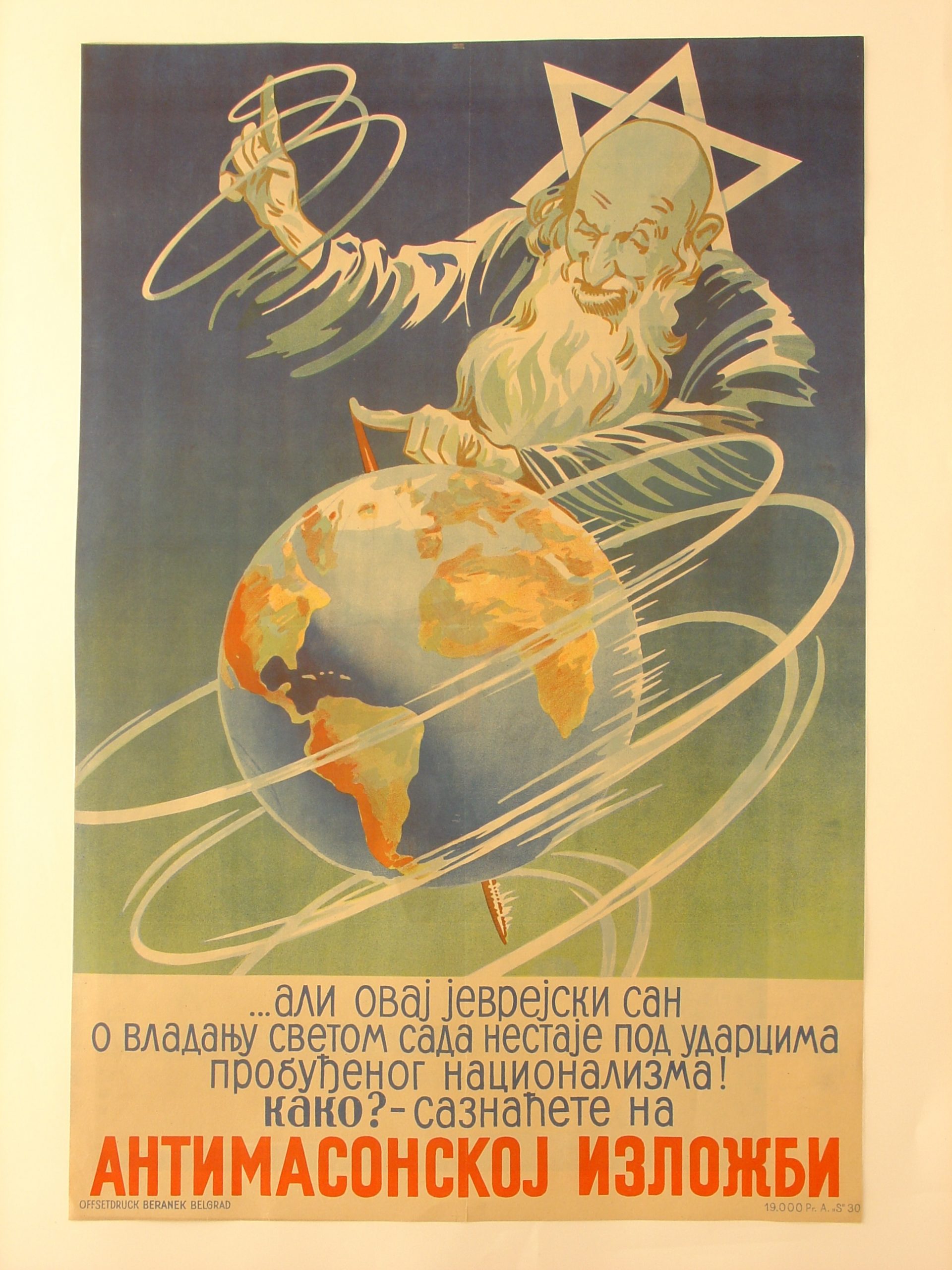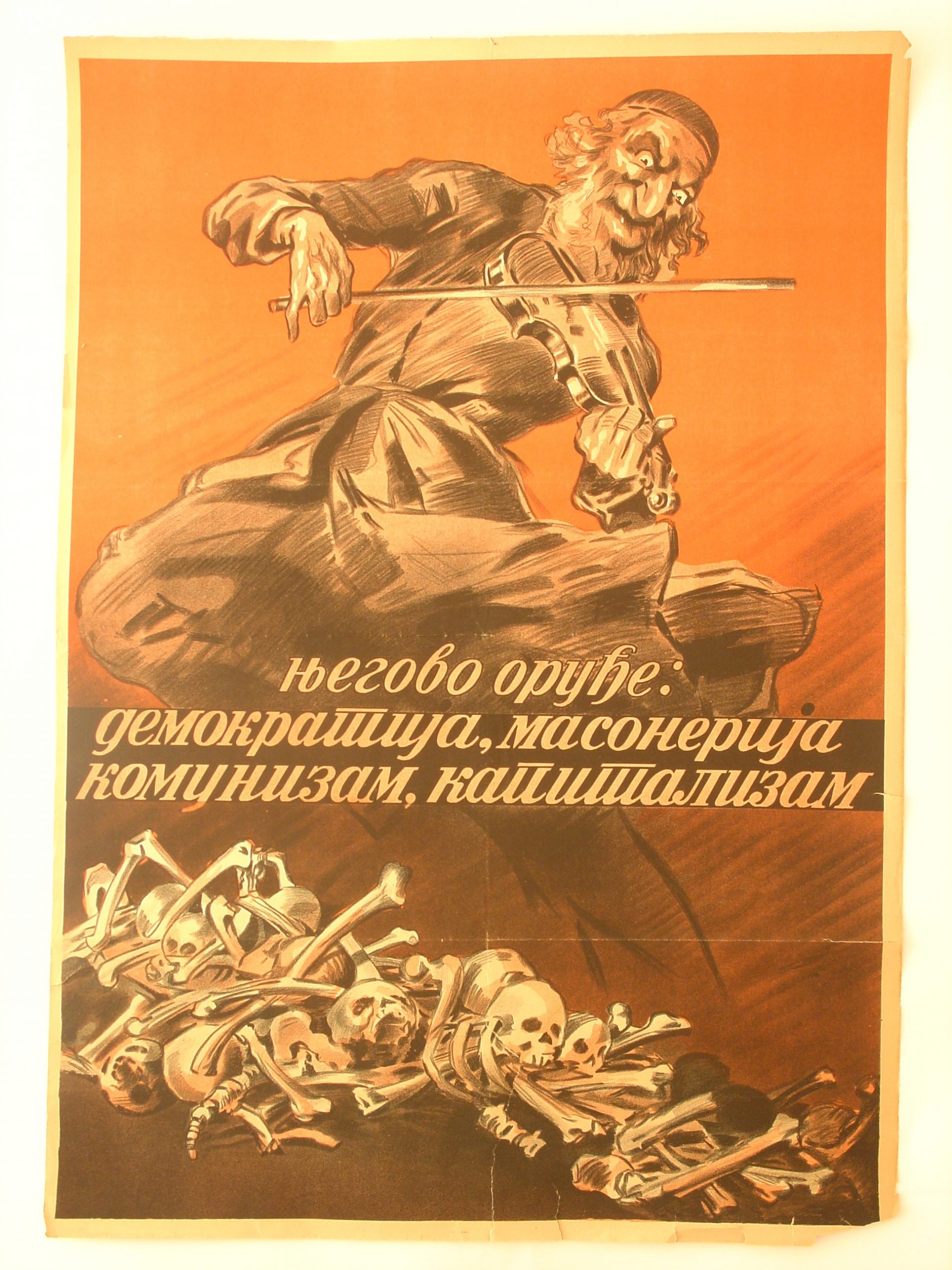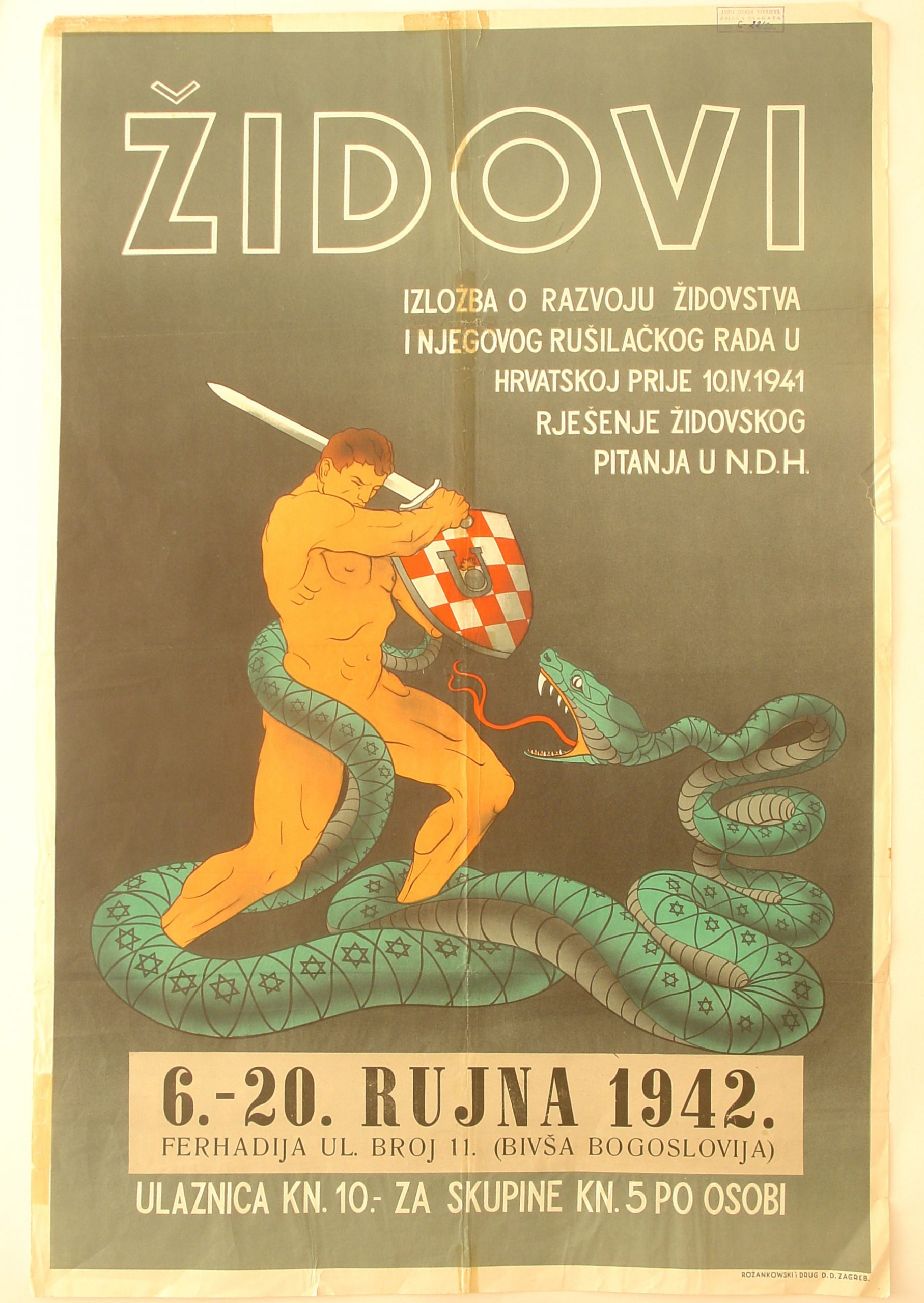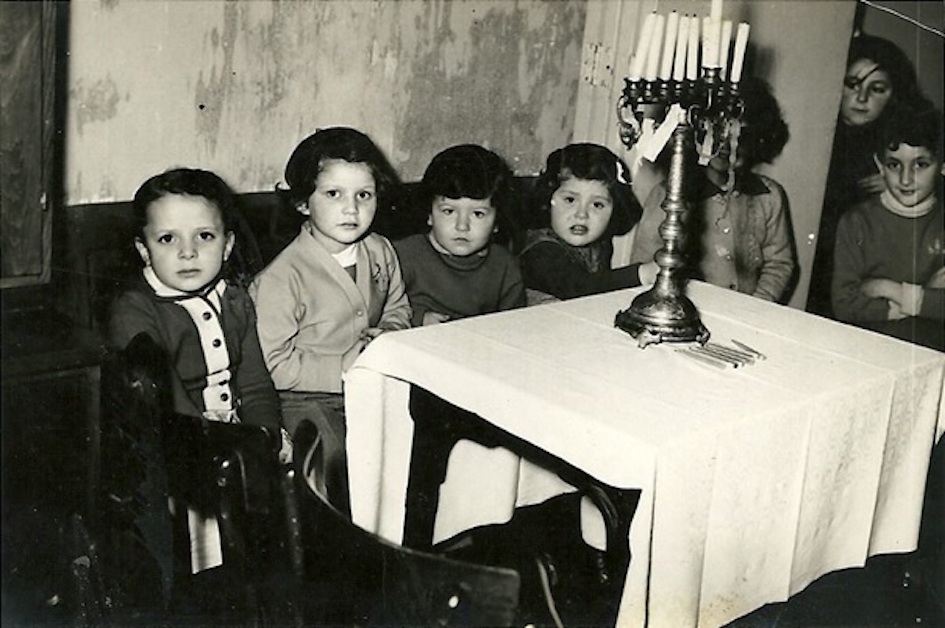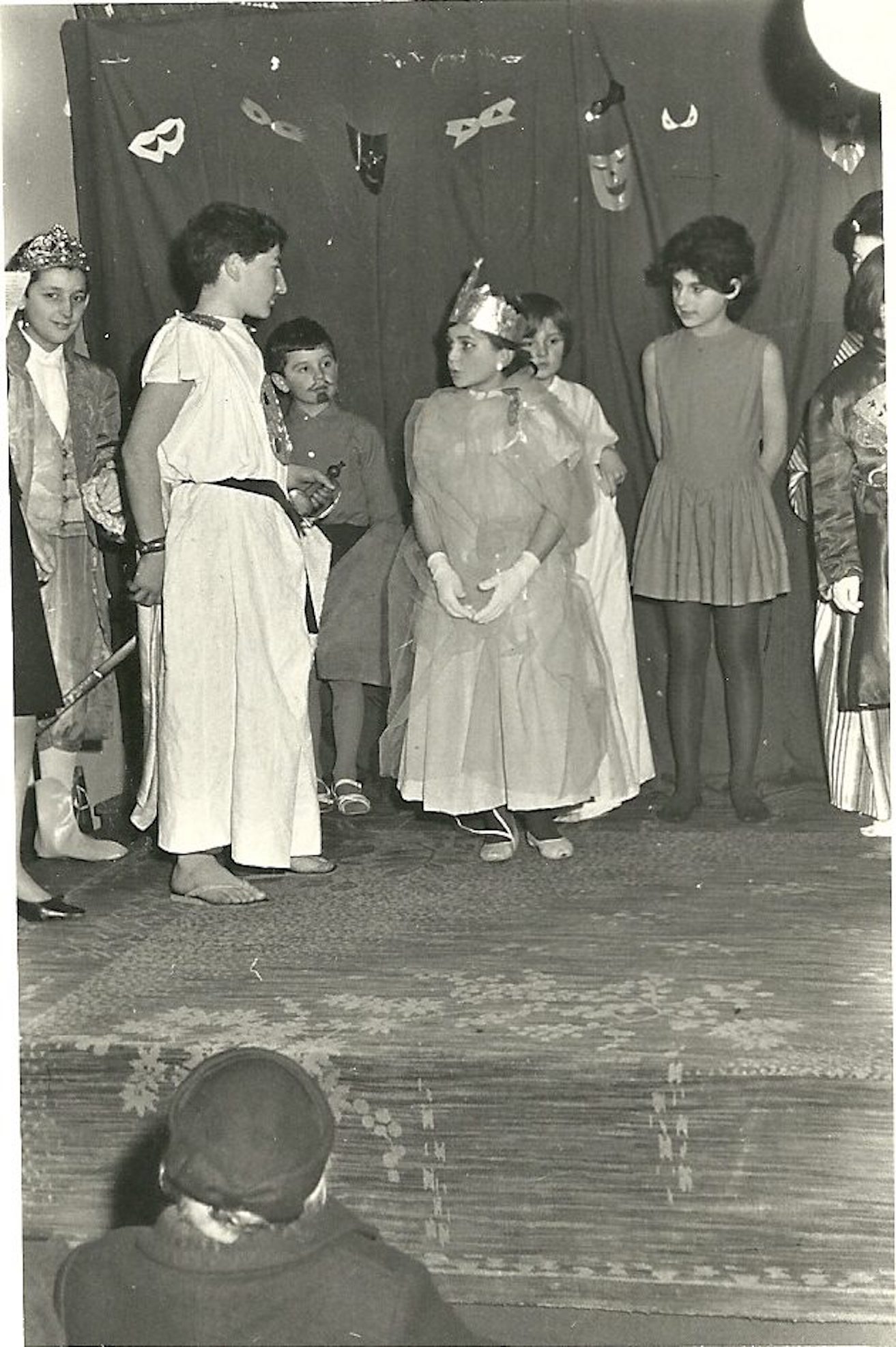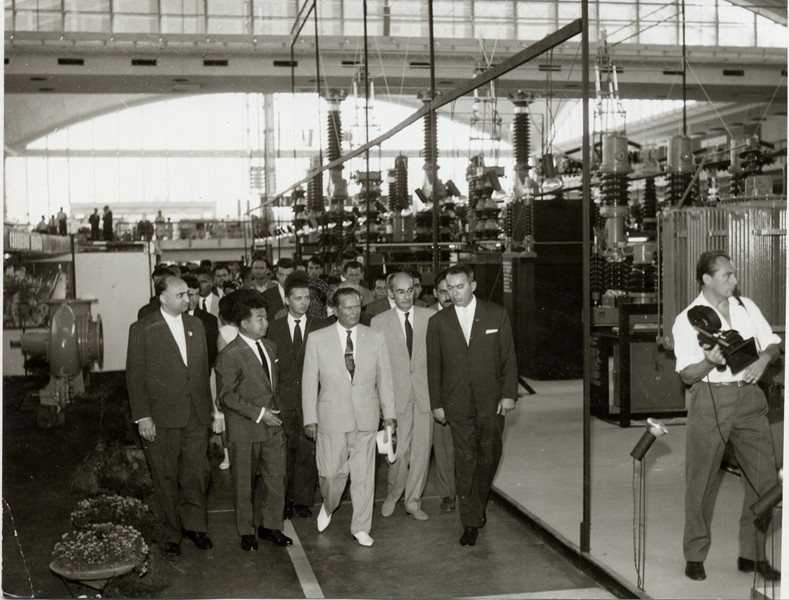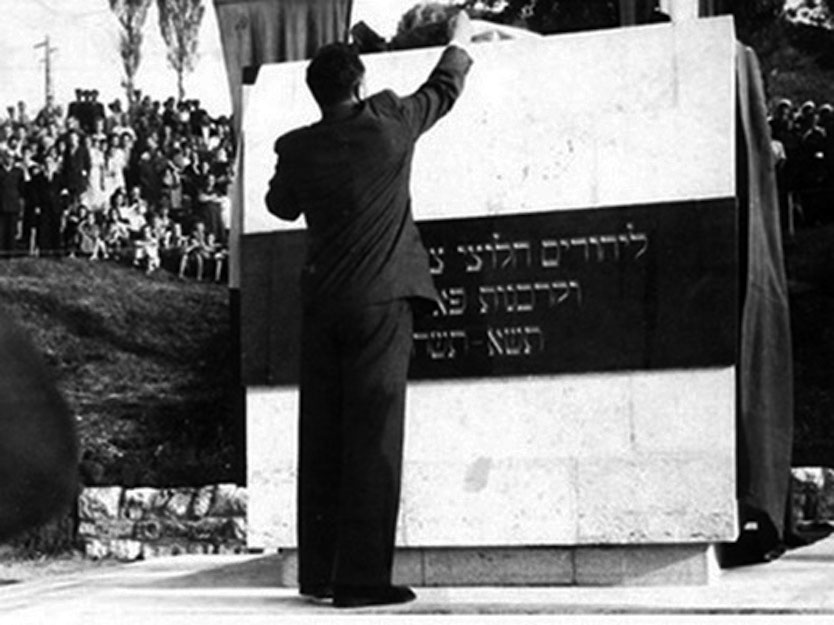WWII and socialism: The relationship between religion and state
Benjamina Karić, Eli Tauber (Haggadah Sarajevo, assossiation for preserving and promoting Jewish culture and tradition)
Duration: 30 min.
Pedagogical focus – aim
- Students analyse various photographs from the period of Bosnia and Herzegovina’s state and legal development and, based on those photos, will interpret the positon of the Jewish community.
- WWII anti-Semitic propaganda creates space for a comparison of the social lives of Jews during the socialist period and during the war.
- Students will learn about the status of Jews after WWII – they will overcome prejudices regarding freedom of religious persuasion – on the basis of photographs of holiday celebrations.
- After obtaining information, pupils will be able to compare the situation of Jews during WWII and after it.
Jews are most likely the nation that – as a writer once put it – have already experienced everything and have preserved everything in their memories. In a period of historical revisionism, every line written about the history of Bosnia and Herzegovina attests to the fact that preserving recollections of the past also serves to maintain awareness of the historical character of that country. The story of Bosnia and Herzegovina’s Jews is the story of one country in Europe and of a nation that is part of its history. The lesson plan will look at the position of Jews in the state and legal development of the country.
The first part will explore the period of WWII, i.e., the period from 1941 to 1945, and this section will chiefly focus on the circumstances Jews found themselves in following the outbreak of war. The emphasis will be on period anti-Semitic propaganda. The years that Yugoslavia was under Nazi occupation were a period of anguish and terror for the Jewish community. Prior to Hitler’s ascent in Germany anti-Semitism in Yugoslavia was by no means marked in Yugoslavia. However, as Nazi Germany began to repress Jews systematically anti-Semitism also spread in Yugoslavia. Following the outbreak of war the Yugoslav government sought to accommodate Germany and issued two anti-Jewish laws in October 1940. The first limited the number of Jews that could enrol at grammar schools and universities. The second barred Jews from buying and selling certain foodstuffs. During the Holocaust approximately 66,000 Yugoslav Jews were killed, while around a million Yugoslavs died in WWII.
The second part will focus on the status of Jews in the wake of WWII. Following the end of the war a Union of Jewish Associations of Yugoslavia was established with the intention of coordinating the activities of Jewish groups and associations in post-war federal Yugoslavia. Jewish groups in all the republics of the Socialist Federal Republic of Yugoslavia were members. A special section will be dedicated to the everyday lives of Jews in the post-war period. The slogan “Brotherhood and unity” characterised official policy on relations between individual ethnic groups in the then Yugoslavia. The country’s political leadership promoted a principle under which all Yugoslav nations were equal and lived together in peace within the framework of the federation.
Yugoslavia’s constitution of 1974 enshrined the equal rights of all constituent nations and minorities. The Jewish community that remained in Yugoslavia was chiefly concerned with Jewish cemeteries and constructing monuments in honour of the victims of war. As with many other post-war Jewish communities, the religiosity of Yugoslav Jews also declined following their return from the camps. Jews in Bosnia and Herzegovina (Yugoslavia) were allowed to celebrate religious holidays and hold religious gatherings within Jewish communities (associations). While religious communities were closed (the Jewish humanitarian organisation La Benevolencija, the Serbian cultural, educational and scientific organisation Education and the Muslim cultural organisation Renewal), the citizens of Bosnia and Herzegovina (Yugoslavia) enjoyed religious freedom. They were also allowed to work in the public sector. We will consider the example of Emerik Blum, a Bosnian Jewish entrepreneur. During WWII (in 1941) Blum was arrested and sent to Ustasha concentration camps, including Jasenovac, from which he escaped in 1944. In 1951 he founded the company Energoinvest and became its first director. It was the largest firm in its sector in the former Yugoslavia and had offices in Sarajevo in Bosnia and Herzegovina. Blum ran Bosnia and Herzegovina’s ministry of industry and mining and was director of the companies Elektrobih and Elektrocentar, universal chief engineer of the Union of the Power Engineering Industry, general director of the Power Engineering Directorate at the level of the government of the Socialist Federal Republic of Yugoslavia, deputy minister for power engineering of the Socialist Federal Republic of Yugoslavia, chairman of the committee for power engineering and mayor of Sarajevo for two years, starting in 1981.
The aim is to present the position of religion in the socialist period using the example of Bosnia-Herzegovina’s Jews. After WWII the situation of Jews in Yugoslavia was marked by development and renewal in all areas. In conclusion, pupils will compare the position of Jews in two different periods and under two different political systems (in the 1941–1945 period and after 1945). This will provide pupils with broader knowledge of the history of Bosnia and Herzegovina and of different systems of government. It is important that they grasp that the history of the Jewish nation in Bosnia and Herzegovina is not only important from the perspective of one nation – it is also a determining factor influencing the lives off all those who live in the one territory. The pupils will also acquire an understanding of the terms repression, Holocaust and totalitarian system.

